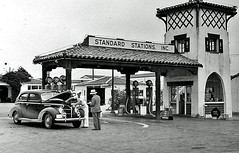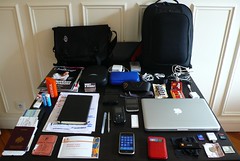 Planning for any kind of trip can be very bothersome. You have to work out lots of different things like where you want to go, how long you’ll be gone, where you plan to stop along the way, and how much all of it will cost. When you take a motorcycle trip, things tend to get a lot more complicated. The cost for gas goes up, as does the need for a travel insurance policy, and the space available to pack for storing things is just so limited.
Planning for any kind of trip can be very bothersome. You have to work out lots of different things like where you want to go, how long you’ll be gone, where you plan to stop along the way, and how much all of it will cost. When you take a motorcycle trip, things tend to get a lot more complicated. The cost for gas goes up, as does the need for a travel insurance policy, and the space available to pack for storing things is just so limited.
When it comes to motorcycles, they offer freedom of one type, but they can greatly complicate a trip. Most motorcycles do have storage areas, but they hold nowhere near as much as a car does. A car has not only the trunk, but also the entire interior. A motorcycle has, if you’re lucky, built-in storage and a hard case but that’s about it. That cuts down the capacity for bringing things along quite a bit.
It means you can really only bring things you absolutely need. Since you can also wear a backpack or some type of pack, it’s also important to remember not to overload yourself with unnecessary weight that will actually end up causing you pain or discomfort.
Firstly, you absolutely have to pack an emergency safety and repair kit. You just have to. Much like a cheap travel insurance policy which is very important for a motorcycle trip, you may find yourself in trouble if your bike breaks down and you have no place to fix it. You’ll need the kit with you on the off chance that the problem is something you can fix yourself.
Next, you need to consider the duration of your motorcycle trip. This is important because it determines how many days worth of clothes you’ll need. Pack layers of thin clothes to take along because they take up less space as opposed to packing fewer thick types of clothing. In other words, if you’re going to be gone awhile and need many changes of clothes, opt for thinner clothes that won’t take up as much space since you can always layer later to keep warm. Also bring some snacks and water, too. It’s easy to find yourself becoming dehydrated in the heat on a bike so it’s better safe than sorry. All of these things are examples of what you need to have on a motorcycle trip.





